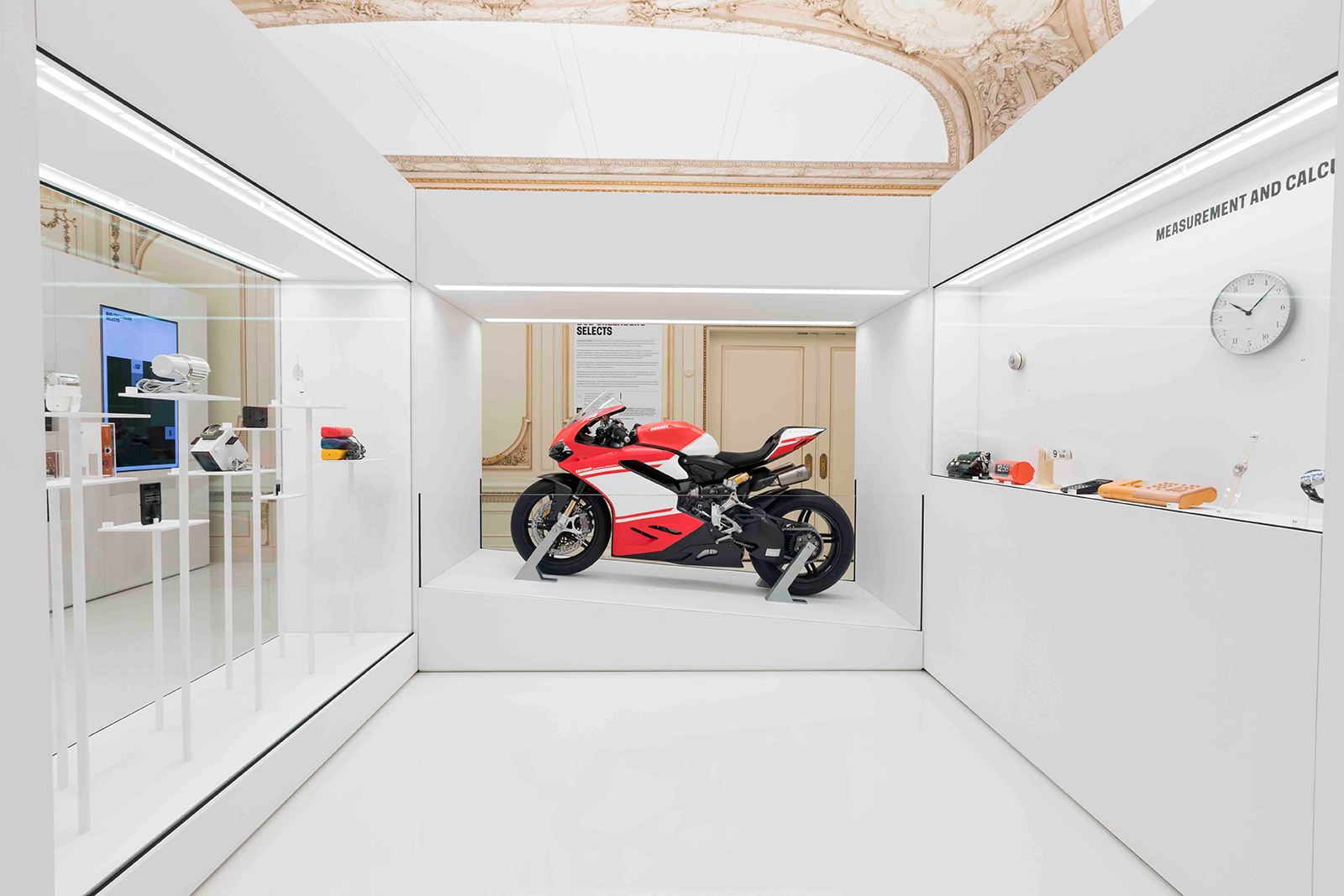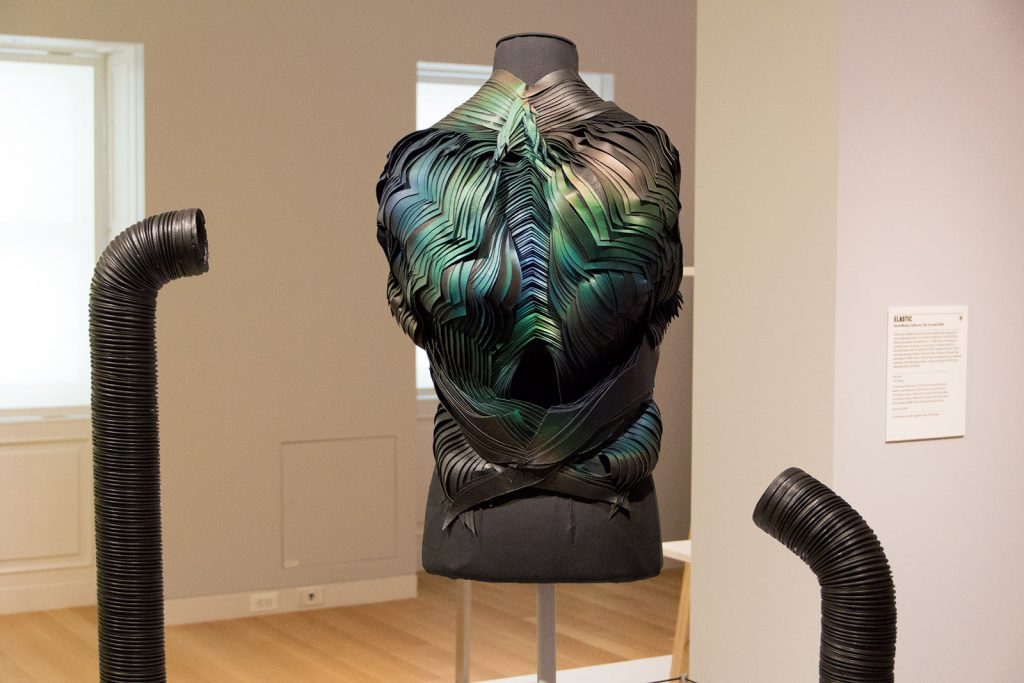“Bob Greenberg Selects” at the Cooper Hewitt Smithsonian Design Museum
A master of design’s concise exhibition highlights special pieces from the collection
To know the work of Bob Greenberg—founder and chief executive of advertising and design agency R/GA—is to understand the full scope of his genius. A global roster of clients have benefitted from his vision since 1977. Greenberg is the latest (and 16th) guest curator for Cooper Hewitt‘s “Selects” series, a run of exhibitions wherein an expert selects certain pieces from their permanent collection to highlight. This, aptly titled “Bob Greenberg Selects,” covers 42 items spanning 65 years of design. The experience is very much a beautiful, accessible and exciting lesson on the development of design rules for disruptive technology and tools of communication—stretching from a 2002 IWC Big Pilot Watch to a 1979 Sony Walkman (which Greenberg says is his favorite piece on site) and a 2017 Ducati Superleggera motorcycle.

Greenberg bookends the show with text displays of Dieter Rams’ 10 principles of design opposite his own 10 guidelines. Greenberg’s principles hone in on his company’s mission statement: connected by design. Connected versus disconnected devices play off one another in the exhibition. One section is dedicated the Rams’ work, a series of items that are not connected to anything. He shifts then to connected devices, from the Trimline telephone to the BlackBerry two-way pager. Everything one sets their eyes upon here is familiar—and powerfully so. Another section touches upon disruptive innovations, including the Makerbot, and the show rounds out with a section dedicated to measurement and calculation, featuring both a T-86 Round Thermostat and a Nest. It’s easy to explore and the contrast and visually developments delight.

“I am a collector,” Greenberg explains. He touches upon this quite a bit as we walk through the exhibition together. From art brut to technologies of the future, he keeps much of it in his Sir Norman Foster designed office spaces. He owns many of these pieces, many times over. He still uses the Dieter Rams products and he feels like IWC has truly mastered watch design. The Ducati he feels sums up the entire experience, connected and disruptive, technical and yet basic, built simply for speed.

Greenberg says he used to refer to Sony’s Akio Morita, the mastermind of the Walkman, as the next Edison. Now, he finds that we refer to Steve Jobs, as such. He’s concerned though that with the way Morita’s name ceased to be a design presence, and perhaps one day (despite the products and biographies and celebrity) the same may happen with Jobs. With that notion, it’s worth mentioning that many of the impeccably designed products in the show are not used anymore. As Greenberg says though, they were at least “a step toward something.” This is clearest with the Walkman: its design was revolutionary and its technology changed the way people listened to music, but its cultural impact was strongest. That was the biggest invention. “People got used to listening to music in a portable form,” he says, “So from there people understood how it could work, but as we shifted to the iPod, you no longer needed to schlep around tapes.”
“Bob Greenberg Selects” runs now through 9 September. The exhibition has a free, dedicated app that, when pointed at pieces in the room, recognizes them and shares further information, including narration. It’s both effective and fun, and also means the exhibition is devoid of unsightly placards, with each object simply numbered—a design success in itself.
Images courtesy of R/GA

















